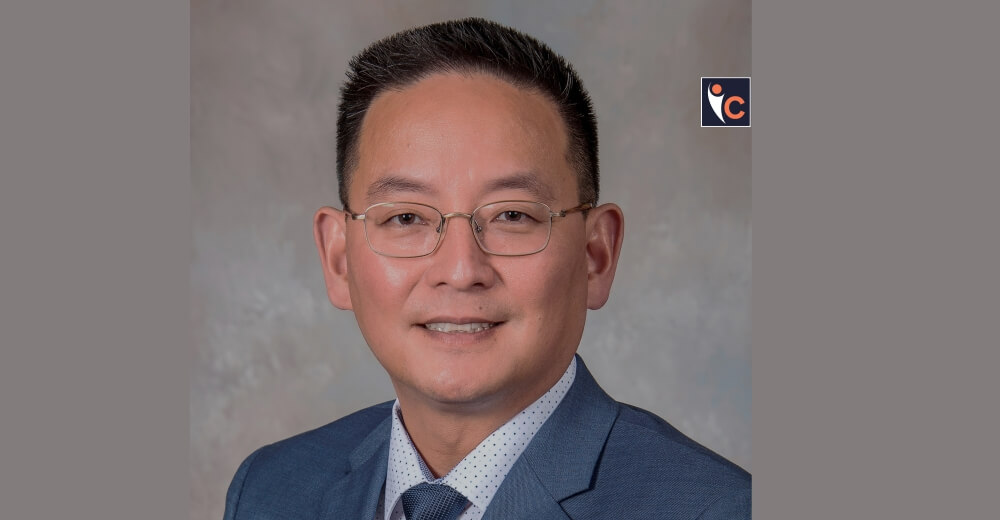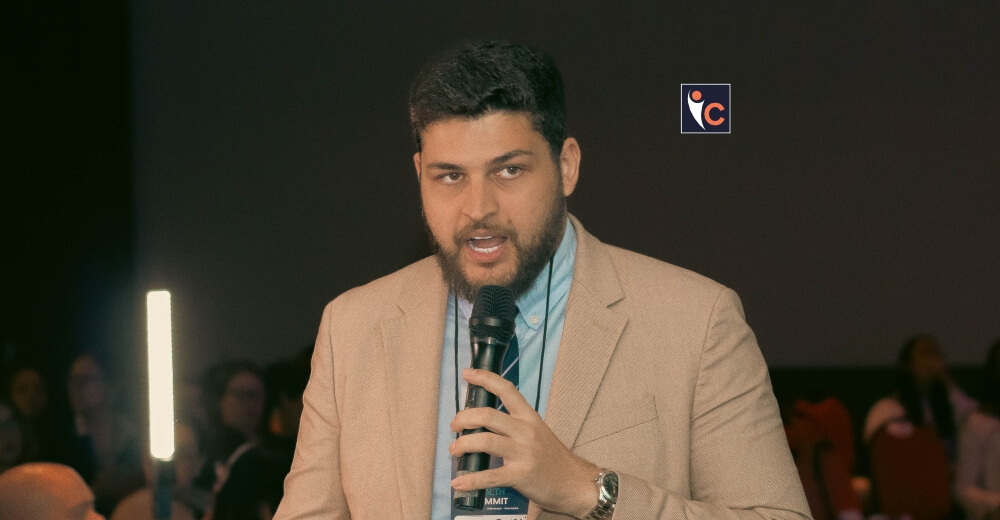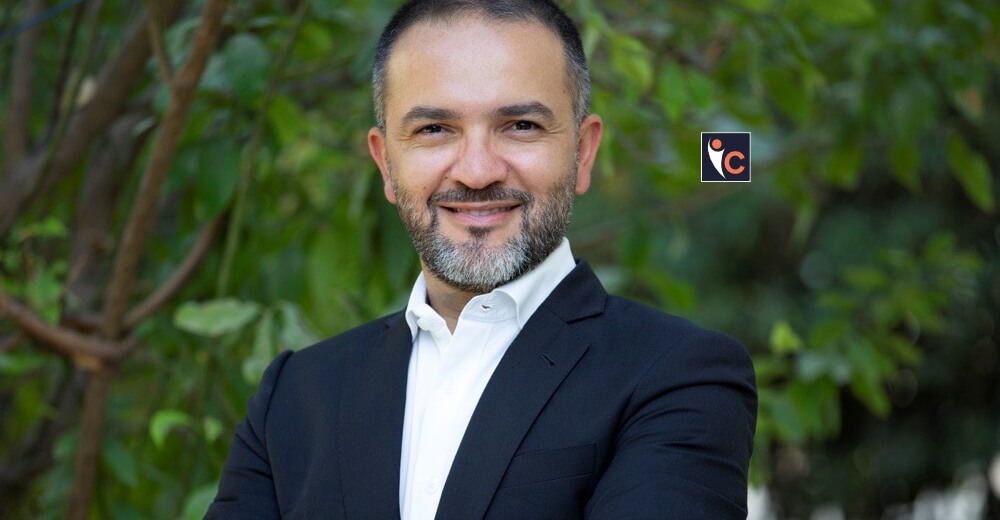In the realm of modern healthcare, the role of critical care doctors or intensivists is indispensable. These adept medical practitioners shoulder the weight of managing unpredictable scenarios with the utmost dedication, constituting the backbone of the healthcare industry. With an ever-watchful eye, they swiftly respond to unexpected emergencies, embodying the epitome of vigilance and expertise.
A fearless and competent medical professional, Kevin Chung has been serving the critical care industry for more than a decade. His career path changed from military medicine to critical care in the wake of the tragic events of 9/11. Exposure to so much morbidity and death led him to realize the importance of technology in saving lives.
His association with SeaStar Medical, an organization dedicated to developing life-saving solutions was a thoughtful decision. He is currently appointed as Chief Medical Officer where he plays an important role in bringing life-saving products to the market.
Speaking with Insights Care he shared a few details about his incredible journey and how through SeaStar Medical he continues to make his contributions to the critical care industry.
Below are highlights from the interview:
Kindly tell us about yourself and highlight the seed of inspiration that led you to venture into healthcare.
My first career goal growing up was to attend the United States Military Academy at West Point. I had no second choice for college. I envisioned it as the perfect place to grow every aspect of my professional and personal identity and I was not disappointed. One year in, I realized I had the grades to take a shot at medical school and I did. That is how I ended up in military medicine.
Once in military medicine through the U.S. Army, I happened to be towards the tail end of my residency when 9/11 occurred. It was then that I realized my career trajectory had changed. I was thrown into the critical care of combat casualties, young American service members severely wounded during combat operations in Iraq and Afghanistan. There is nothing that comes close to the destruction that human beings get subjected to than what the war wounded go through. “Fresh out of training, I was assigned to the U.S. Army Burn Unit in San Antonio where I became witness to the worst injuries imaginable. That is where I learned to be a critical care doc with an interest in new lifesaving technologies.”
When did you become a part of SeaStar Medical? What core values attracted you to join the organization?
Being surrounded by so much morbidity and death in the burn unit, I learned to appreciate how limited we were in health care. Simply put, our medical tools to help critically ill patients were not enough. The standard of care was not enough. We needed better tools.
SeaStar Medical’s platform technology is lifesaving. It is a new approach to address the dysregulated host response that is responsible for much of the organ failure that occurs after severe injury or severe infection. It targets the source of the dysregulated host response. The amazing thing about the technology is that it was discovered accidentally, during a trial comparing an artificial kidney to a sham device. The control device worked better to save lives. That is now the Selective Cytopheretic Device (SCD). After nearly 15 years since its discovery, we now know how it works. It works by taming the most angry neutrophils and monocytes that typically wreak havoc on the body in response to any foreign insult (tissue injury or infection). This not only saves lives but also helps repair organs.
What are your key responsibilities as a Chief Medical Officer in the organization?
As an academic intensivist, I have studied nearly every type of blood purification technique ever discovered and developed in my quest to find better tools to save lives. The SCD works; we have demonstrated this in our clinical studies to date. We are conducting a confirmatory pivotal trial right now as we speak. My role as the CMO is to present these data to FDA, navigate the regulatory hurdles to deliver this technology to the marketplace, and then communicate these data to my critical care and nephrology colleagues who will use this technology to save lives.
What are some of the challenges you face as a Chief Medical Officer in the organization and how do you turn them into opportunities for growth?
Sometimes, market conditions are not optimal even if you have the perfect product. A lot of things have to go your way in order to successfully transition a promising technology into the marketplace. Our team is diligently working to overcome any hurdles. We are all committed to seeing the SCD through to commercialization and sharing its lifesaving potential with patients who could benefit from our technology.
As a Chief Medical Officer of a medical technology company, what R&D operations are you currently leading at your organization?
I oversee a team of fantastic professionals committed to helping solidify other disease states that could benefit from our platform technology. SCD works on the innate immune system. Hence any disease state whereby a dysregulated innate immune response is the primary driver of the disease (acute or chronic) can be a potential target.
What advice would you like to give to budding medical enthusiasts who wish to make a career in healthcare?
Personally, I cannot think of a profession more rewarding than helping the sick and wounded recover from their affliction. However, it’s not for everyone. So talk to someone in the field before jumping into it. Even better, find a shadowing opportunity or internship if possible to get a taste to see if it’s for you.
For those interested in medical entrepreneurship: First, find a gap in healthcare whereby a medical need exists. Second, investigate potential solutions for that gap. Do your own due diligence before jumping in.
How do you envision the future of SeaStar Medical in 2023 and beyond?
I would love to see SeaStar Medical lead the critical care field by being the first disease-modifying cell-directed extracorporeal therapy to market to complement the current kidney support paradigm.















